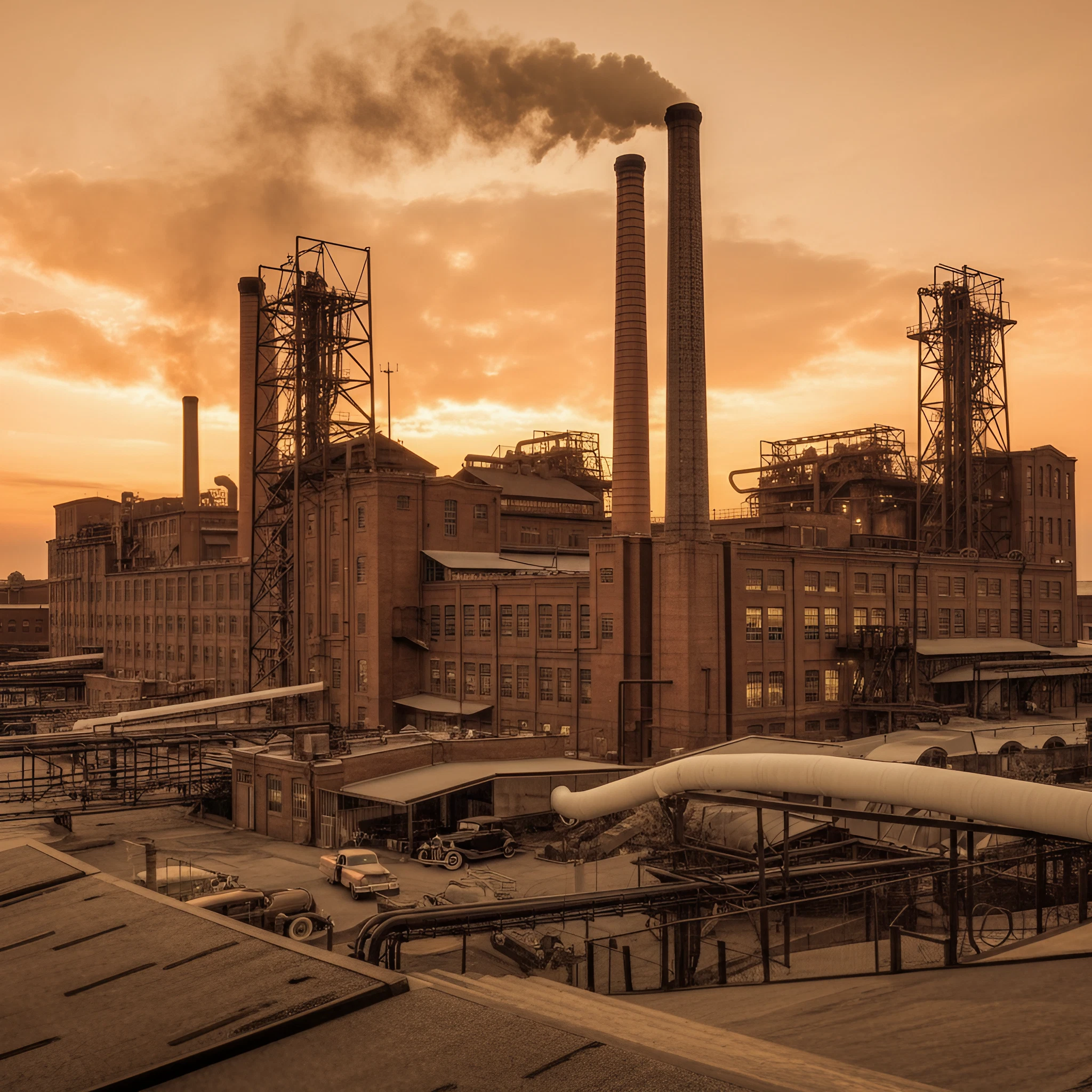The Ford Rouge Plant is not just an assembly line; it’s a testament to American industrial ingenuity and a living landmark of innovation and sustainability. Spanning more than 1,100 acres, the plant has stood the test of time, evolving with groundbreaking changes that reflect the automotive industry’s progression. For history buffs, automotive enthusiasts, and sustainability advocates, the Rouge Plant is a story of visionary engineering and resilience.
A Look Back at History
Founded by Henry Ford in 1917, the Ford Rouge Plant was initially conceived as an industrial marvel that could vertically integrate every step of automotive production. From the construction of Model T parts to the assembly of vehicles, the Rouge Plant exemplified efficiency and scale. At its height during the 1930s and 1940s, the plant employed over 100,000 workers, cementing its role in defining the American assembly-line model.
Over the decades, the Rouge Plant became the birthplace of iconic Ford vehicles, including the Ford Mustang and the F-Series truck. Its importance during World War II also cannot be understated, as it pivoted to producing military equipment that aided the war effort.
Driving Innovation Forward
The Ford Rouge Plant has been a pioneer of advanced manufacturing technologies. Under the leadership of the Ford Motor Company, the plant has embraced automation, robotics, and AI-powered efficiency. However, one of its defining innovations revolves around sustainability.
Ford revolutionized the idea of green manufacturing with the Rouge Plant. The plant introduced a 10.4-acre “living roof” in 2003, the largest of its kind at the time. This roof reduces energy costs by lowering the temperature of the building while filtering rainwater and improving air quality. It’s a visible representation of Ford’s forward-thinking approach to blending technology with nature.
Today, eco-manufacturing continues to be a focus, with the plant implementing renewable energy sources and reducing waste outputs. These innovations have set a high standard for sustainability that other manufacturers aim to emulate.
Sustainability and Environmental Responsibility
The Ford Rouge Plant serves as a beacon for how industrial facilities can lead in environmental responsibility. The plant uses solar panels, energy-efficient lighting, and waste recycling initiatives to reduce its environmental footprint. Additionally, Ford has significantly invested in compostable and recyclable materials, using cutting-edge research to design cars that are both lightweight and environmentally friendly.
One of the most inspiring initiatives on-site is the stormwater management system. Through smart water channels and natural vegetation, the plant has successfully minimized water runoff and pollution, contributing to healthier ecosystems nearby.
Impact on the Community
Beyond its manufacturing accomplishments, the Ford Rouge Plant has played a vital role in shaping the local community. Its operations contribute to regional economic development by providing stable jobs and fostering local suppliers. Community events, such as factory tours, give locals insight into how one of the largest automotive factories in the world operates.
During times of national crises, the Rouge Plant has always stepped up to support the broader societal effort. Whether producing military equipment during wartime or adapting facilities to manufacture medical supplies during the COVID-19 pandemic, the plant exemplifies the spirit of American resilience.
An Architectural and Engineering Marvel
The architectural significance of the Ford Rouge Plant cannot be overlooked. Designed to be a fully contained “industrial city,” the plant is a feat of engineering. Its layout allows seamless integration of production lines, logistics, and eco-conscious designs.
From its iconic smokestacks, which symbolize early 20th-century industrialization, to the modern green roof heralding a new era of energy-conscious architecture, the plant tells a dual story of history and progress. It remains a case study for architects and engineers worldwide in designing facilities that balance functionality, sustainability, and aesthetics.
What the Ford Rouge Plant Teaches Us
The Ford Rouge Plant is more than a factory; it’s a symbol of progress. It demonstrates that industrial success does not have to come at the expense of environmental and social well-being. Instead, it shows that innovation and responsibility can coexist in harmony.
For anyone looking to draw lessons from the Ford Rouge Plant, consider its pillars:
- Efficiency and Vertical Integration were revolutionary in setting new benchmarks for industrial operations.
- Commitment to Sustainability, from eco-design to renewable energy sources, makes the Rouge Plant a leader in green manufacturing.
- Community Engagement, through job creation, education, and corporate responsibility, solidifies its broader impact.
Final Thoughts
The Ford Rouge Plant’s legacy is a story of transformation. From producing the Model T to championing sustainability in manufacturing, this facility shows how industries can adapt and thrive across decades. It’s a landmark not just for Ford and Detroit but a global reminder of what is possible when vision aligns with action.
Want to see innovation in action? Consider visiting the Ford Rouge Factory Tour to witness the harmonious blend of history, technology, and sustainability. The story of the Ford Rouge Plant is still being written, proving that progress is a never-ending drive toward the future.








